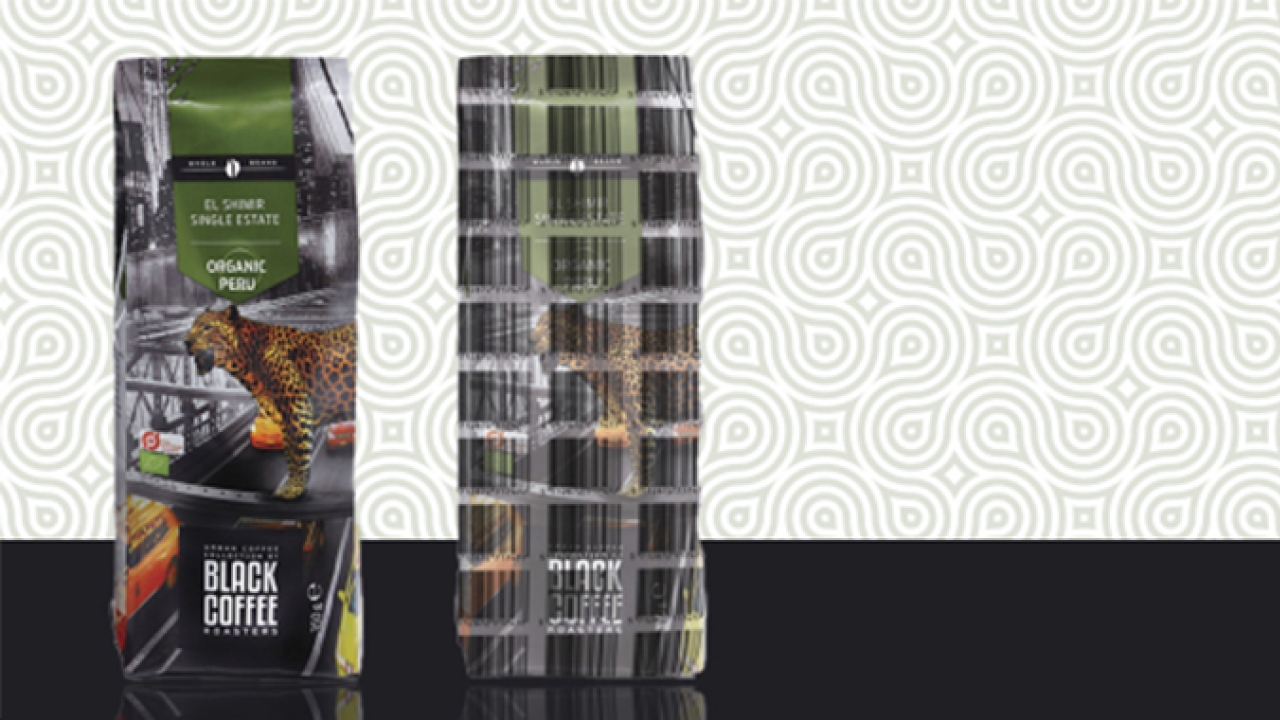Reproflex Scandinavia partners with Digimarc
Reproflex Scandinavia, a Danish packaging supplier, has partnered with Digimarc to use its pioneering digital watermark technology to enable better sorting and higher-quality recycling rates for packaging.

Reproflex works with brand owners and print houses in all areas of the graphic process, including pre-press for flexo, offset and digital printing. It is considered one of the most environmentally conscious suppliers to Scandinavia’s graphic industry, with customers in over 16 countries and over 90 employees located at three production sites in Denmark.
The company focuses on flexible packaging for film, lamination and paper, but labels, corrugated and pre-print are also a significant part of its product portfolio.
Digital watermarks are imperceptible codes, the size of a postage stamp, covering the surface of consumer goods packaging. They can carry a wide range of attributes such as manufacturer, SKU, whether it’s come into contact with food, type of plastics used, and composition for multilayer objects.
Once the packaging has entered a waste-sorting facility, the digital watermark can be detected and decoded by a standard high-resolution camera on the sorting line. Based on the transferred attributes, can sort the packaging into corresponding streams. This results in better and more accurate sorting streams and high-quality recyclates, benefiting the complete packaging value chain.
‘With respect to sortation, Digimarc barcode turns an object into an Internet-of-Things object,’ explains Larry Logan, chief evangelist at Digimarc. ‘It links to virtually unlimited data, so the object can inform the sorting equipment who is the manufacturer, what is the specific product, resin type, the individual components of a multi-layer package, prior food versus non-food contact, and so on.’
Digimarc barcode is part of the Project HolyGrail, established in 2017 under the New Plastics Economy program of the Ellen MacArthur Foundation, which brought together 29 corporations. It evolved into the HolyGrail 2.0 – under the patronage of AIM, the European Brands Association. The leadership team, which includes Procter & Gamble, Nestlé, PepsiCo and Danone, joined forces with over 85 organizations from the packaging value chain with the ambitious goal of assessing whether a pioneering digital watermark technology can enable better sorting and higher-quality recycling rates for packaging in the EU.
The project has a few early adopters, such as Multi-Color Corporation and Esko.
Stay up to date
Subscribe to the free Label News newsletter and receive the latest content every week. We'll never share your email address.

